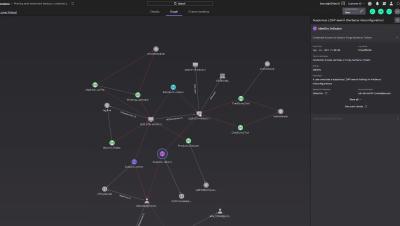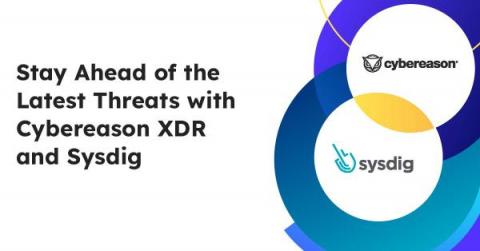How to choose the right XDR provider for your organization?
eXtended Detection and Response (XDR) technology has transformed the cybersecurity paradigm by enhancing visibility and threat detection, providing unprecedented response capabilities. It is a tool capable of monitoring the different security layers of a company, generating a single pane that unifies the detections produced in these layers.










